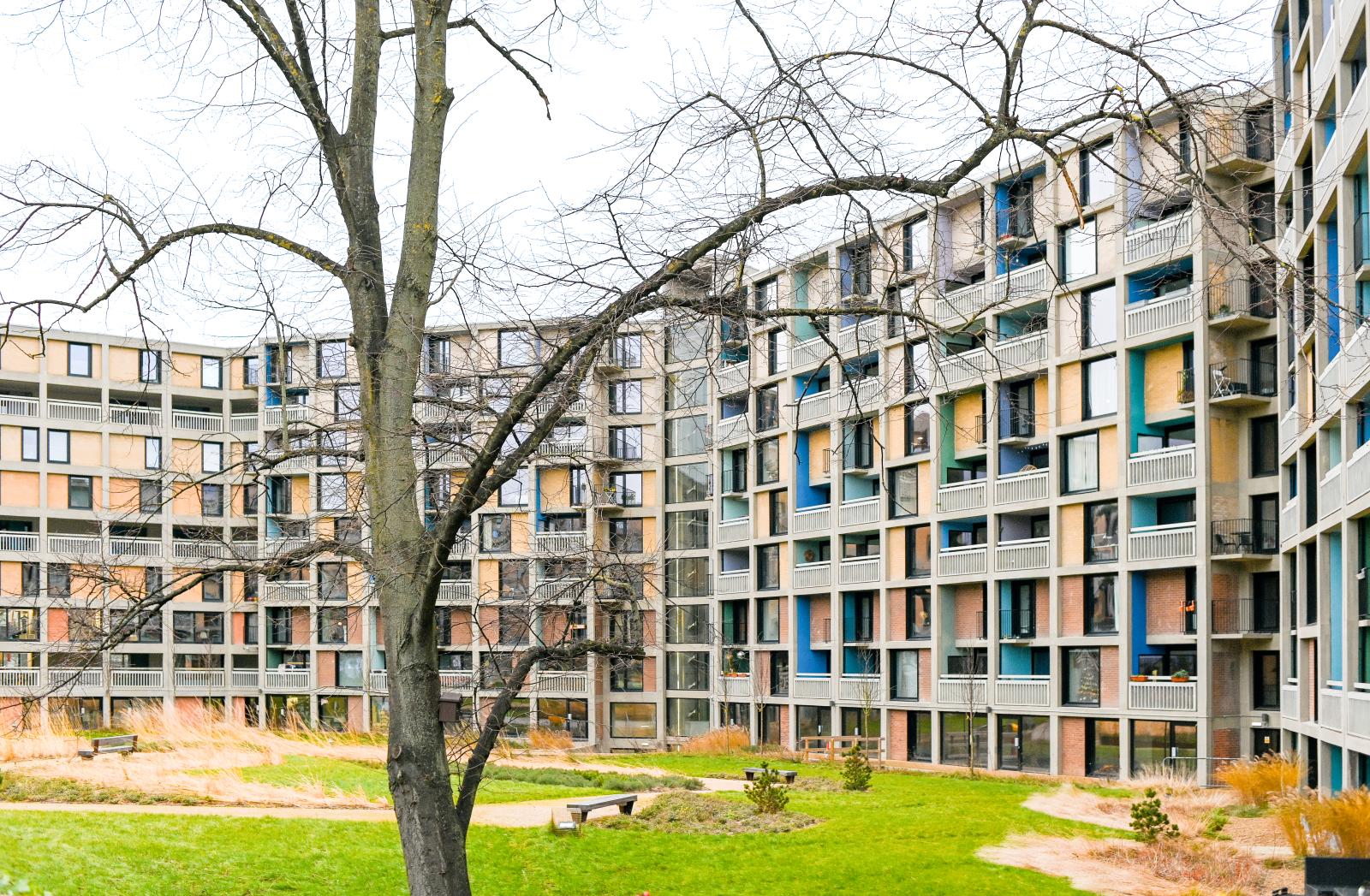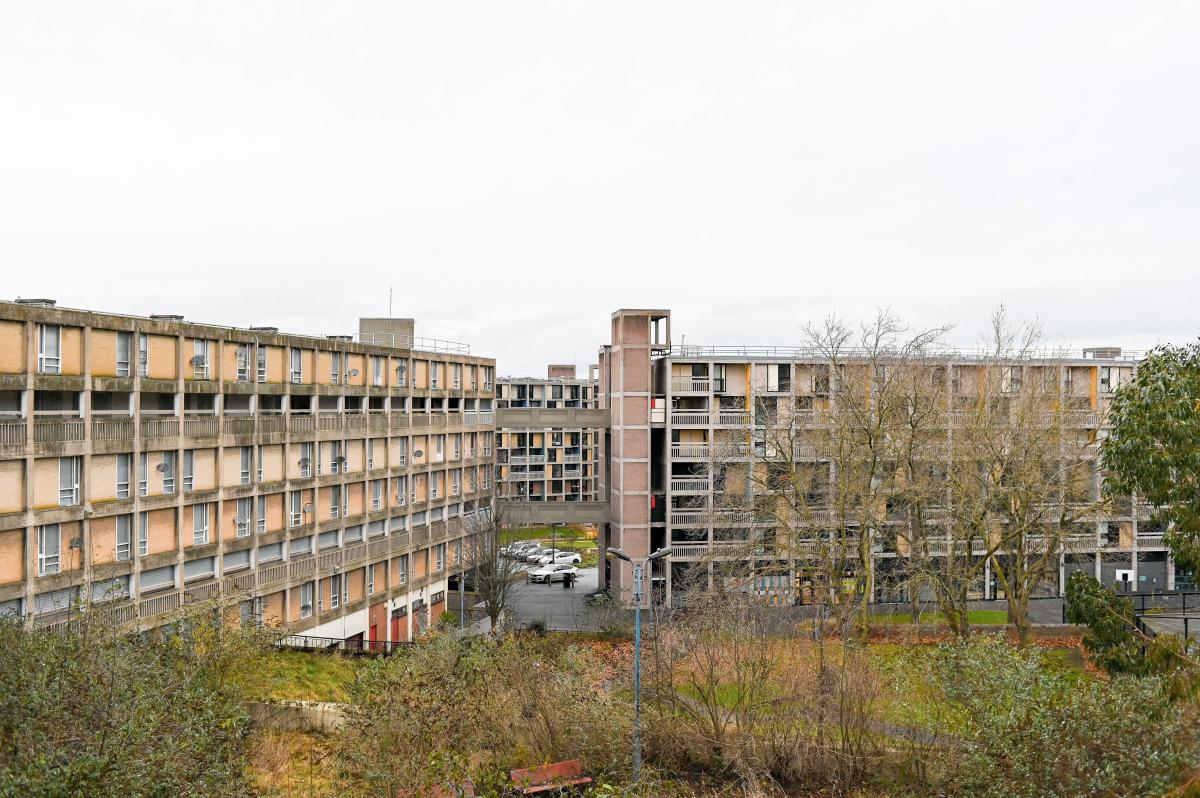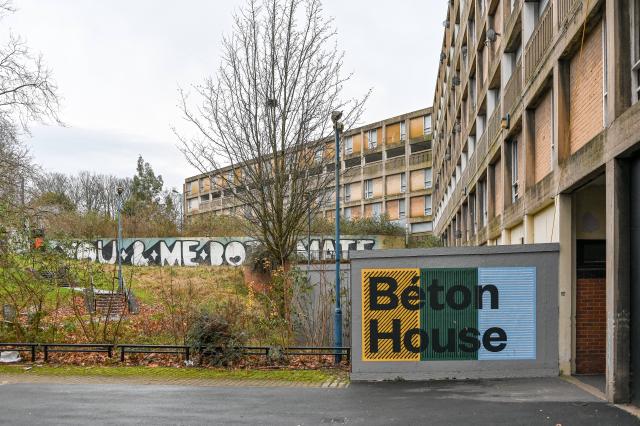
Park Hill is a brutalist icon. The grade II* listed estate is the largest listed building in Europe. Overlooking Sheffield city centre, Park Hill was built between 1957 and 1961 and was an exemplar social housing estate. Known for its 'streets in the sky' which replicated the community spirit of traditional terraced houses, the estate was initially popular with residents but by the 1980s, it had fallen out of favour. In significant decline and being vacant for a number of years, developer Urban Splash took on its regeneration in 2004, reversing thirty years of neglect and misunderstanding.
Buttress’ heritage consultants have worked with architects Carmody Groarke on phase 2, and Mikhail Riches on phases 4 and 5 of the redevelopment. At each phase, we worked alongside the design teams to understand their design philosophy and capture their approach within the heritage impact assessment (HIA). Each HIA supports the planning process and demonstrates the architect's thorough understanding of the site's significance and how it informed their proposals.
Because it is such a significant site, and its redevelopment so important, Historic England was engaged to write the statement of significance which has underpinned every phase of the Park Hill regeneration. Buttress' HIAs captured how the design teams responded to that significance, whilst supporting how the various proposals might impact the historic fabric and the substantial public benefit of bringing people and homes back to Park Hill. Making it a positive place again for Sheffield city centre.

What did we do?
Buttress’ heritage consultancy team have worked alongside Mikhail Riches and Carmody Groarke to provide the HIAs against three phases of development at Park Hill. When working with external architects and design teams we make it our business to understand their vision and approach. We had multiple meetings and conversations, asking lots of questions so that we could understand and advocate for them.
Through consultation with statutory and amenity bodies, we then refined the scope of the HIA to ensure that the final document provided all the information that the interested parties required. This helped to remove some guesswork from the planning and listed building consents process.
We advocate for good design. Where heritage is involved, that means a design proposal that is clearly and consciously informed by significance and context. Our job isn't to design the scheme, it is to explain how your scheme fits into the historic built environment.
Over a period of seven years, we brought our knowledge and experience of twentieth-century design, conservation architecture and the importance of place to the project - helping the final pieces of Park Hill's twenty-first-century renaissance slot into place.



Advocating for high quality design
The development at Park Hill has been led by a long-term vision, dedication and belief. Different design studios have contributed to the sense of place and success of the development. Whilst each phase is unique, there is harmony in approach, and the architects have refined these approaches through lessons learned and resident feedback.
Phase 1 of Park Hill was purposefully bold in its approach and opened the door to renewal. Subsequent phases have adopted a lighter touch with more obvious retention of original repaired fabric and finishes. The introduction of complementary colour palettes helps to create a sense of identity and residents can pick out their homes from a distance.
The conservation repair strategy was bespoke to Park Hill and adapted where necessary through lessons learned at each phase. Its application balances the long term future of the existing fabric through restoration and repair, and allows original and new design to successfully have their place side by side.
Consideration has also been given to ways in which small design moves can add individuality, and make homes, at Park Hill. This is just one of the ways in which the new designs are seen to contribute positively to the regeneration, sustainability and longevity of Park Hill as a heritage asset and great place to live.
Jenna Johnston
Jenna leads Buttress’ heritage consultancy team, providing clients with the resources and knowledge they need to better understand their heritage assets.
